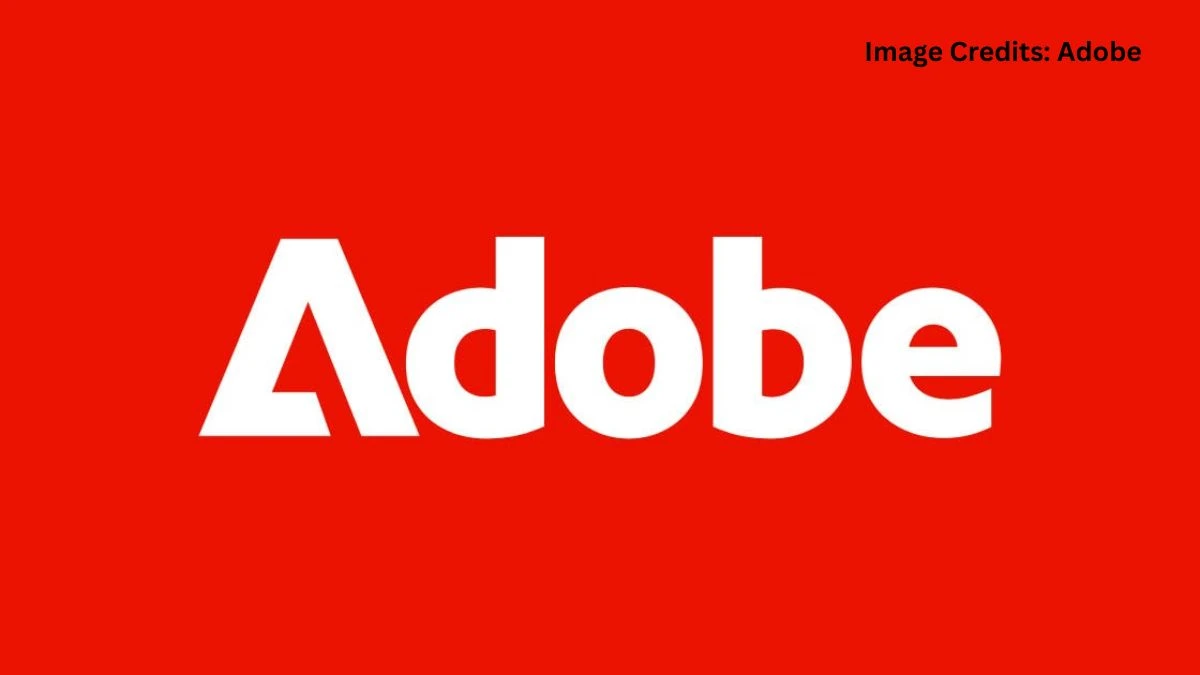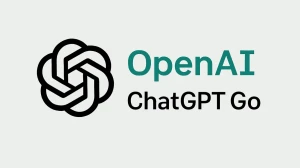Adobe Launches AI Assistant: Adobe Unveils Chat-Based Design Tool at Adobe MAX 2025
Adobe has unveiled a fresh face for creativity: a new AI Assistant in Adobe Express that promises to make designing as easy as chatting with a friend. The announcement, made at Adobe MAX 2025, got creators, students, marketers, and the hopelessly PowerPoint-challenged equally excited. The best way to describe this update? Imagine if spellcheck and a design whiz decided to raise a family together, and that family landed in your web browser.
The new AI assistant doesn’t just automate the fiddly bits. It listens. Instead of wrestling with endless menus, you just tell it what kind of poster, invitation, or social graphic you want, how you want it to feel, and it whips up something that at least looks like you spent more than seven minutes on it. Templates have always been Adobe’s secret sauce, but now you’re not stuck in their flavor. You can ask for “something autumn with a jungle vibe but professional I don’t want my boss thinking I joined a zoo,” and it gets you remarkably close. Each tweak change a font here, swap a background there feels conversational, like editing with a sidekick instead of a soulless algorithm.
Instead of cramming features into another sidebar, Adobe did something friendlier: a mode that lets you move between text-driven creation and hands-on editing. You can say “make this pop” or “add animation,” and the AI actually gets what you mean. Sometimes results are a wild ride. Other times, it nails your vision in a way that feels uncanny, almost like that feeling when autocorrect finishes your sentence and you’re weirdly grateful. If anything, seeing layers rearranged or a background evaporate feels a bit magical. Sure, this isn’t the first AI to promise design made simple, but the depth editing by layer, changing only what you specify—genuinely puts it a notch above the copycats.
A few quirks stand out. For one, the AI pulls from Adobe’s full stock image and font library, even tapping into their Firefly model to create new assets if you request something off-the-wall. There’s still room for happy accidents. Telling it to “make my YouTube thumbnail more fun” once led to a design where a giraffe wore sunglasses strange, but honestly charming. Sometimes what you get isn’t what you wanted, but it’s often a great jumping-off point.
Seasoned designers will probably still crave their trusty sliders and layers. That’s the beauty switching between chat and controls is instant. The AI doesn’t lock you into its answers. You can always fine-tune or even ignore its suggestions.
For anyone stuck staring at a blank screen, wishing for more inspiration or less design jargon, this conversational engine could be a lifesaver. There’s comfort in its hints, its willingness to course-correct, and its knack for speed. Branding teams especially are likely to love it soon Adobe will introduce ways to have the AI “learn” your brand style, so every flyer and social post feels on message, not haphazardly stitched together.
The assistant also slips neatly into bigger workflows. There’s talk of future integration with chatbots and team platforms, letting whole groups collaborate (or argue design taste) in real time. For businesses and side hustlers, that’s a game-changer, cutting down review cycles that drag on for days.
Sometimes the assistant’s creative leaps are… amusing. Sometimes literal descriptions yield surprisingly literal results (ask for “strong coffee colors” and suddenly your ad looks like espresso exploded on it). But the fun of it is, you get to play, revise, laugh, and most of all ship content without gridlock.
Adobe’s update isn’t just a tech upgrade. It’s an attitude shift, making creative work feel possible for anyone who can type a sentence and has a little patience for digital quirks. Whether you’re building a brand or just want to make your niece’s birthday invite sparkle, Express’s new AI assistant brings design down to earth and honestly, that’s pretty cool.
Disclaimer:
This article is for informational and editorial purposes only. All details are based on official Adobe announcements and public information available as of October 2025.






